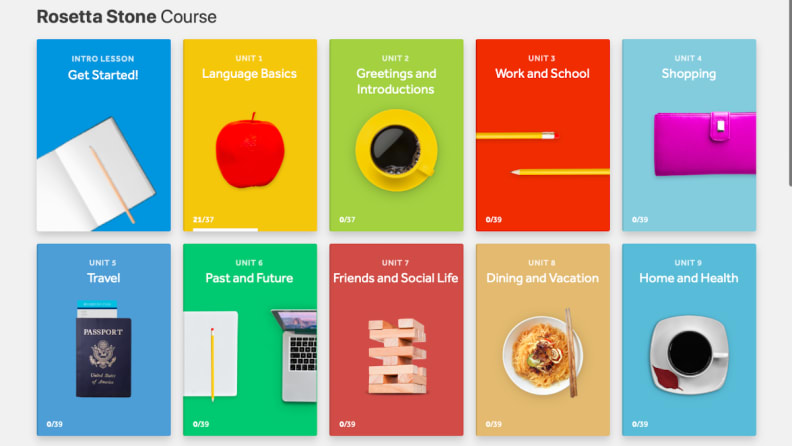

Comprehensive assessments to track progress.īoth use elements of traditional learning, adapting them in their unique ways.Online programs offer a modern approach to language learning, with the intent to achieve fluency in your target language through providing: In today’s day and age, however, many don’t have the time or effort for such a commitment. The progression is slow but builds core skills needed to achieve true language fluency.

In a traditional academic setting, this means committing to at least four hours of classroom meetings a week, hours of homework, and grueling assessments.

Learning a language demands commitment: daily practice and exposure to your target language are essential. Either way, to achieve true fluency you will have to supplement both programs. While Duolingo may be a more fun and accessible way to get acquainted with a language, Rosetta Stone will guide you through lessons in a more formal approach. For these reasons, Rosetta Stone is our clear winner.ĭepending on what your goals are and how much time you have to commit to the task, each program has its benefits. Duolingo is more poised toward language engagement and basic exposure, while Rosetta Stone works to build a strong foundation using a more traditional and immersive approach. With so many learning apps like Duolingo and Rosetta Stone, instruction in a classroom is no longer the only option- but how exactly do apps compare to traditional classroom learning? Which app is most effective for achieving fluency?ĭuolingo and Rosetta Stone both use different teaching methods. Whether you are traveling or simply want to communicate with friends abroad, speaking a second language is a huge asset.


 0 kommentar(er)
0 kommentar(er)
